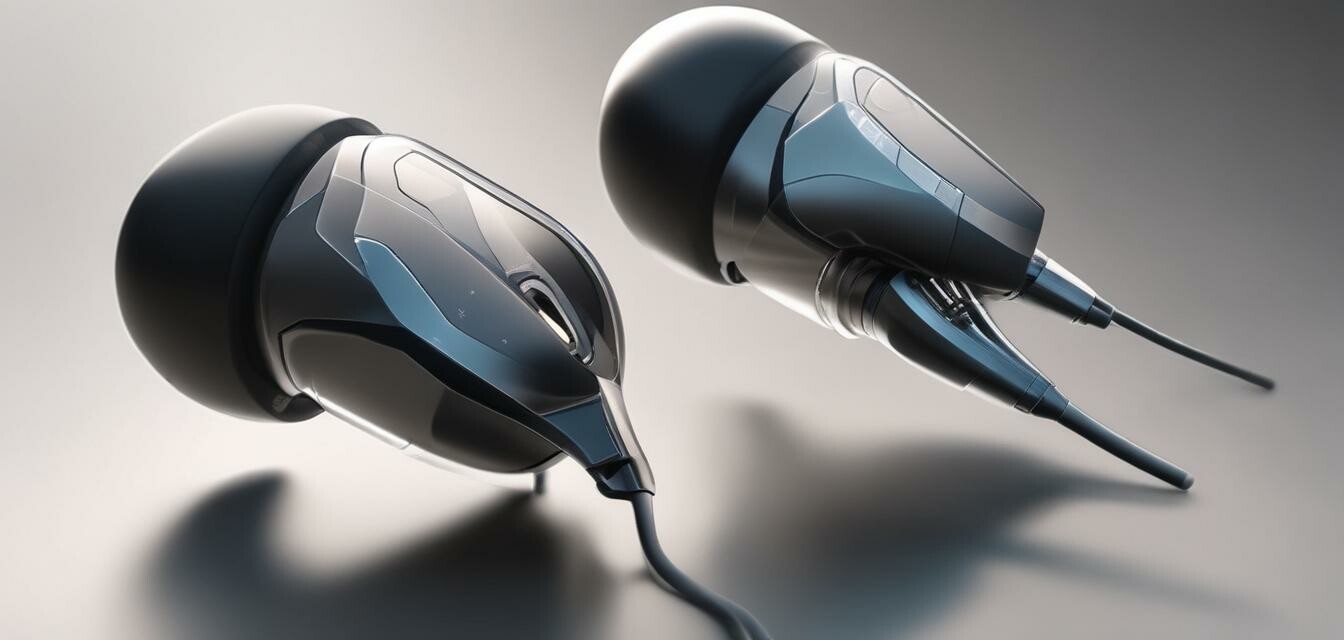
The future of personal audio: Earbuds in 2025
Key Takeaways
- Advancements in battery technology will enhance earbud usage time and charging speed.
- Noise-cancellation features will evolve to provide personalized soundscapes.
- Integration of AI will enable proactive adjustments to audio settings based on user preferences.
- Design innovations are aimed at increasing comfort and usability for prolonged use.
- The market anticipates a surge in wireless and smart features, prioritizing convenience and efficiency.
The audio landscape is changing rapidly, particularly with earbuds taking center stage. As we look to 2025, it’s essential to consider how technology and consumer preferences will shape the design and functionality of these devices. With constant innovations being made, this article delves into the future of personal audio, focusing specifically on earbuds.
The evolution of earbuds
Earbuds have come a long way since their inception. Here’s a brief timeline highlighting their evolution:
| Year | Development |
|---|---|
| 2000 | Introduction of in-ear headphones, providing better sound isolation. |
| 2008 | Launch of wireless earbuds, initiated by early Bluetooth technology. |
| 2015 | Adoption of true wireless technology, eliminating cords entirely. |
| 2020 | Advanced noise-cancellation becomes a staple feature. |
| 2023 | Integration of voice assistant technology for hands-free use. |
Key trends influencing earbuds in 2025
As we look ahead, several key trends will significantly influence the design and functionality of earbuds.
- Health monitoring: The integration of health tracking features may become commonplace, tracking metrics like heart rate and other vital signs during use.
- Enhanced connectivity: Expect improved Bluetooth connections with negligible latency, making earbuds an even more preferred choice for gamers and audiophiles alike.
- Eco-friendly materials: There is a push in the audio industry towards sustainable materials, aiming for more environmentally-conscious production processes.
- Personalized sound: Customizable equalizer settings will allow users to tailor their audio profiles according to personal preferences or specific environments.
Technical innovations on the horizon
Technological advancements are pivotal in shaping the future of personal audio. From battery technology to AI integration, the possibilities are endless.
Battery life and charging technologies
Battery technology has been a significant factor in consumer choice. Innovations are expected to yield:
| Technology | Current Battery Life | Projected Battery Life in 2025 |
|---|---|---|
| Regular lithium-ion | 5-8 hours of playback | 12-15 hours of playback |
| Fast-charging technology | 1-2 hours for a full charge | 30 min for a full charge |
| Solar charging capabilities | Not available | Potential introduction |
Artificial Intelligence integration
Incorporating AI will allow earbuds to learn preferences, adapting sound profiles automatically based on the listener's environment or previous usage patterns. This adaptability will enhance the user experience significantly.
Consumer preferences and market demands
As manufacturers develop new earbuds, they must respond to changing consumer preferences. Key areas of demand include:
- Durability and water-resistance for active lifestyles.
- Comfort, prioritizing ergonomics for all-day wear.
- Streamlined designs for aesthetic appeal and portability.
Conclusion: The future outlook
With 2025 just around the corner, the future of personal audio through earbuds looks exciting and filled with potential. As technology progresses, we can expect earbuds to become increasingly functional, comfortable, and integral to our daily lives. Keeping an eye on innovations in battery life, integrated AI, and consumer demands will be crucial for discerning audiophiles and tech enthusiasts alike.
Pros
- Innovative designs tailored for improved comfort.
- Enhanced sound quality and noise-cancellation features.
- Increased usage time with advanced battery technology.
- AI-driven features for personalized listening experiences.
Cons
- Potential for increased prices with advanced technology.
- Battery degradation over time affecting performance.
- Integration of too many features may complicate usability.
Further reading
For those interested in exploring more about the trends in the headphone market, check out our other articles in the Industry News and Trends category or delve into our Audio Quality Insights for a deeper understanding of audio technologies.